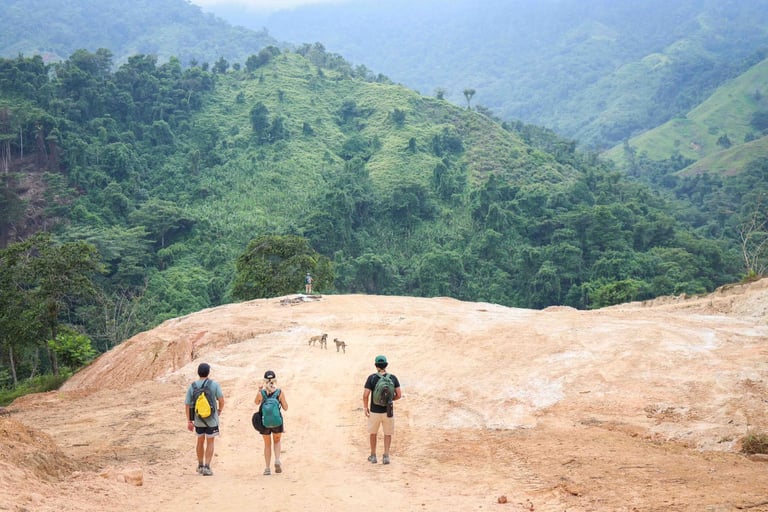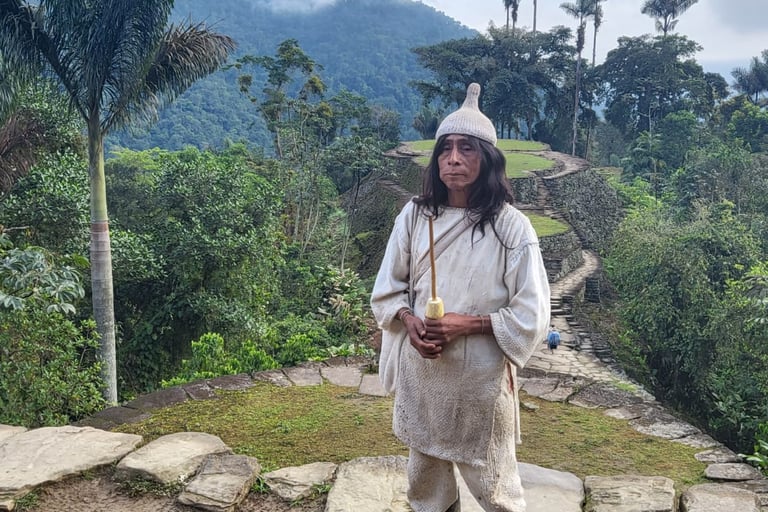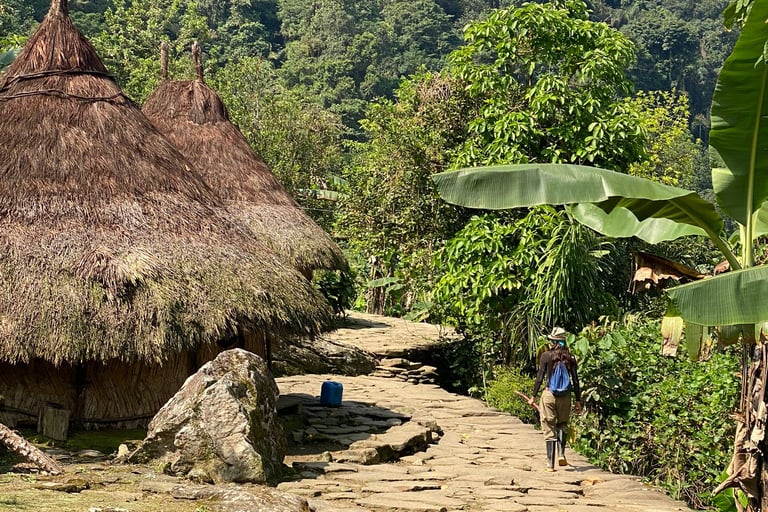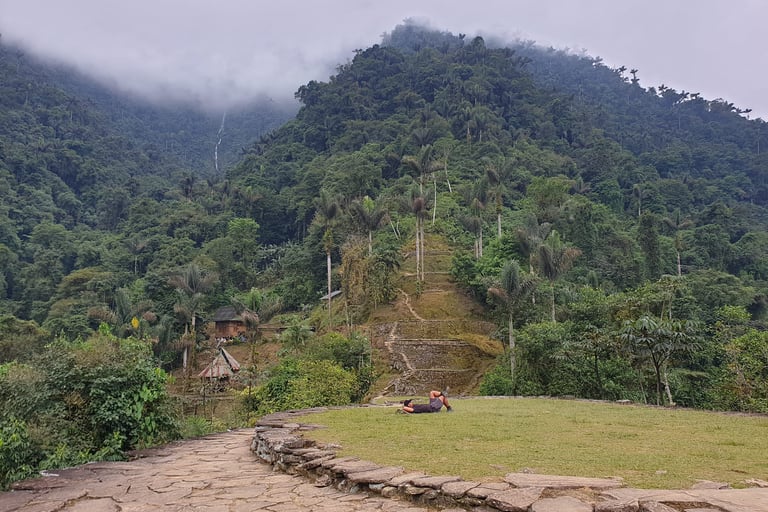Colombian Ancestral Heritage
The Ancestral Sound of Nature
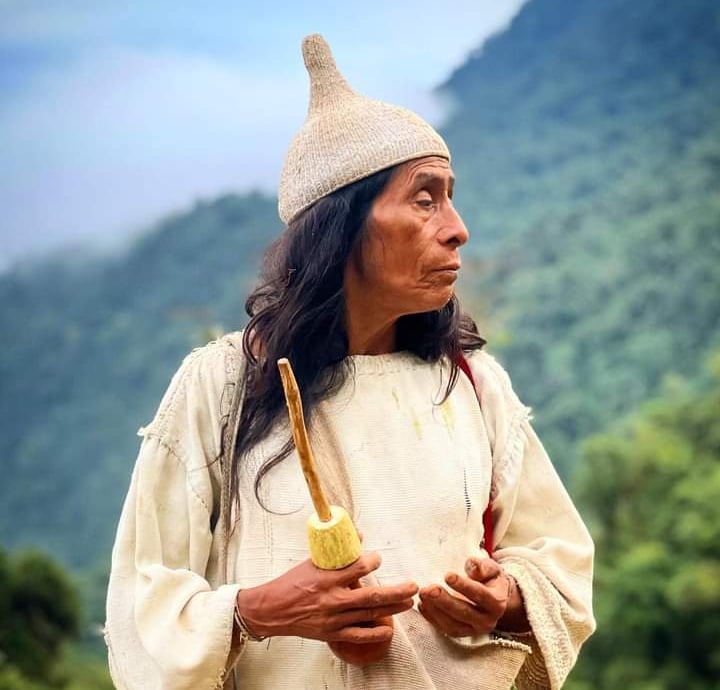

Sierra Nevada de Santa Marta
The Sierra has a triangular base and pyramidal volume with three faces looking north, west, and southeast. On the other hand, the Tayrona National Park covers an area of 15,000 hectares (12,000 land and 3,000 marines), whose morphological and landscape traits are related to the foothills of the Sierra Nevada, causing several bays with beaches and rocky headlands. Each of these parks contains several villages of archaeological interest, the main ones being the Teyuna Archaeological Park (in the Indian language), or Buritaca 200, also known as Ciudad Perdida (Lost City), located in the northwest part of the Sierra and the ancient Tayrona city called "Chairama", or Little Village, located at the east end of Tayrona Park
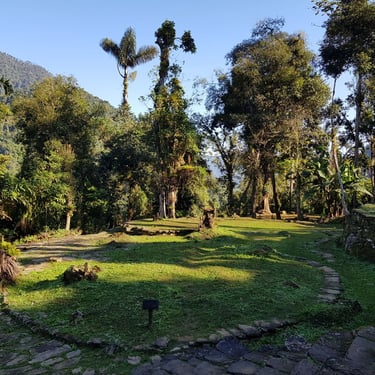

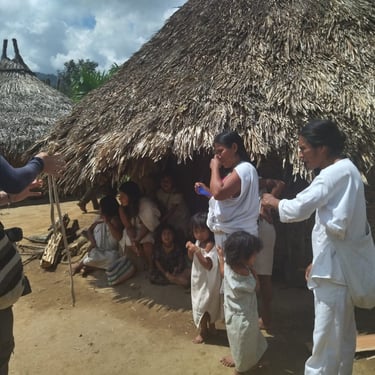
The Sierra Nevada de Santa Marta is the highest coastal mountain range in the world, a condition that can concentrate all climatic zones; it also contains samples of all existing biomes in Colombia, which makes it an excellent representative of fauna and flora.
Because of this, UNESCO declared it the Biosphere Reserve of Man and Humanity in 1979. Moreover, the area bounded by these two parks, i. e. both the coastline and the Sierra Nevada, was inhabited by numerous indigenous groups which, according to research conducted so far, date from as far back as the V and IX centuries A. D., the earliest human occupation of the coastal area and the Sierra, respectively. This development brought a series of infrastructures that can be witnessed today through at least 300 recorded archaeological settlements of various sizes and complexity in the littoral and the highlands.
UNESCO
The Sierra Nevada de Santa Marta and the Tayrona National Park are part of the Administrative Unit of the National Natural Parks of Colombia. As such, these parks are protected by national legislation. The declaration of the Sierra Nevada as a Biosphere Reserve of Humanity by UNESCO favors the orientation of national and international policies towards its protection and study. Environmentally, the biggest threat to these ecosystems has been the emergence of illicit crops in some areas in recent years, which results in deforestation in the habitat of the species living therein.
The stone-built infrastructure (roads, terraces, rings, retaining walls) is in good condition despite being almost completely covered by vegetation, thanks to the excellent design of the network of storm drains by the Tayrona people, which has prevented the emergence of erosion on the ground. The presence of indigenous communities has helped its preservation over time.
